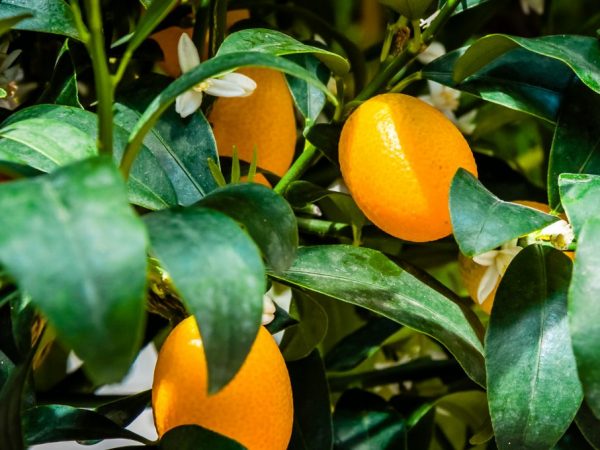Orange is considered a fruit or berry
Fruits, berries and vegetables play an important role in human nutrition, replenishing the body with essential trace elements and vitamins. It is interesting to know to which category certain fruits belong, in particular, an orange fruit or a berry. In the cold season, in winter or late autumn, these sunny fruits are frequent guests on the table.

Orange is considered a fruit or berry
general description
These unusual fruits came to Europe from China at the end of the 17th century. They occurred as a result of crossing pomelo and mandarin. The tree is cultivated and never occurs in the wild in nature.
It belongs to the Rutov family and is dwarf and tall (up to 12 m).
The plant is capricious and does not take root in arid climates. The root system is capsule and loves moisture. The large leaves are beautiful, smooth and shiny, dark green. There is a slight waviness around their edges with scent glands, so the trees give off an incredible scent.
There are small thorns on the branches. Abundant flowering. Single flowers are white and fragrant. Sometimes they grow in groups of 5-6.
Characteristics of the fetus
Citrus fruits are widespread throughout Russia and are sold in every supermarket. The most accessible and well-known of them is the orange or the orange, as it is also called.
In common people, the orange is considered a fruit. But science ranks it among berry-like fruits. So an orange is both a sweet fruit and a berry at the same time.
This is due to its internal structure and development. Formation occurs from an ovary with several achenes. Inside there is a division into chambers, separated by a leathery partition.
The size of the fruit is impressive. And all sweet or sweet-sour fruits growing on trees are popularly called fruits. The appearance, size and how they grow are confusing.
But it is correct to call an orange a berry fruit or a multiple berry.
Description of the fetus
A multi-nested berry can be of different sizes, depending on the species. General description:
- round shape;
- peel color orange;
- the skin has a bright aroma;
- the taste is sweet and sour;
- inside the fruit has several separate chambers (lobules).
The chambers are made up of small parts, like capsules filled with juice. The inner layer (albedo) is easily separated from the outer part.
Some varieties of orange - this fruit and berries - have red blotches on the surface. And the zest is not orange, I am blood-burgundy.
Cultivated varieties

There are over 400 varieties of oranges
In the process of breeding, more than 400 varieties have been obtained, which are divided into sweet and bitter-sour. Therefore, their purpose is different. Bitter fruits are not eaten. They are used for the following purposes:
- to create medicines;
- in cosmetology for balms and masks;
- in the perfumery industry to create fragrances.
The sweet group is divided according to the following criteria:
- in appearance;
- taste;
- by the color of the pulp.
Red juicy flesh and pink barrel on the skin are typical of Mediterranean varieties.
- Umbilical species have huge fruit sizes (weighing up to 250 g), without seeds.The pulp is juicy and easily separates from the top layer of the skin.
- Oval oranges are most commonly found on the market. Sizes are different, and small and large.
- Sunny fruit comes to Russia from Morocco, Egypt, Spain, Brazil and other countries with a suitable climate.
Beneficial features
The beneficial properties of this unique fruit depend on its chemical composition, which includes:
- vitamins C, A, E, H, PP;
- folic acid;
- riboflavin;
- thiamine;
- beta carotene;
- potassium;
- magnesium;
- phosphorus;
- sodium;
- zinc;
- iodine;
- fluorine.
It is 87% liquid, so the calorie content is extremely low, only 47 kcal per 100g.
Fiber and pectin, which are included in its composition, contribute to proper digestion. A slight sourness is audible because citrus contains organic acids.
Application in medicine
The fruit is great for fasting days and for weight loss. Serves as a tonic against diseases and supports the immune system during epidemics.
It is widely used as a natural antiseptic that neutralizes bacteria in the mouth and throat.
Regular use strengthens tooth enamel and bone skeleton.
The use stimulates the intestines and normalizes the peristalsis of the stomach. Metabolism and lipid metabolism are accelerated, due to which food is absorbed and broken down faster.
Conclusion
It doesn't matter what you call this wonderful sun fruit. Its taste is unique. The benefits are undeniable. Therefore, you can just eat and get real pleasure. He has no contraindications, except for individual intolerance.


